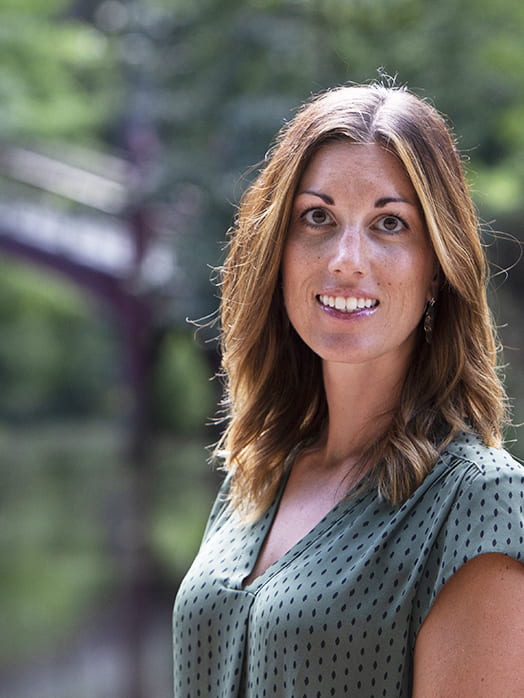Drive-Thru Pedagogy Blog
Pick up something practical.
Creating an Inclusive Learning Environment
September 27, 2021 • Amanda Morris
Many in education have seen the various equality vs. equity graphics circulated throughout professional development sessions. One shows various animals that are all expected to climb a tree despite their differences in mobility. In another, children of different heights are trying to watch a baseball game behind a fence but the crates they stand on to gain a viewing advantage are all the same height.
These graphics are metaphors for inequities in our education system. Examples of these inequities include providing inconsistent support, including little or no variability in resources, or giving all students the same accommodations even though their needs are different. The message of these depictions is clear: equity is critical to learning.
Equity in education has certainly gained attention this past year. If anything positive came out of the year 2020, it is the courageous conversations centered around diversity, equity, and inclusion (DEI). We’ve seen an emphasis on equitable education and creating classroom climates where every student feels valued. These conversations ignited an expansion of DEI initiatives across college campuses in response to the social unrest of our nation and the need for educational opportunities that are not “one-size-fits-all.”
One such initiative is very close to home here at William & Mary, driven by the work of Dr. Natoya Haskins from the School of Education. Through a collaborative partnership, members from the Studio for Teaching and Learning Innovation and the School of Education curated resources from across the country related to applying DEI principles in higher education. We reviewed our list of resources and selected the most relevant and applicable for the W&M community. This list is now featured in the School of Education repository and on the STLI website.
Here are a few strategies you will find in these resources. These are just a few of the easiest teaching hacks to put into practice immediately. In just five minutes—yes, five minutes, you can:
• add a statement about student disabilities to your syllabus
• add your preferred pronouns to your email signature
• use students’ names when speaking to them and look them in the eyes
• create a list of classroom norms that create a safe, inclusive environment and post it in your classroom and on your syllabus
• use inclusive language
• explore the William & Mary Diversity and Inclusion page
• give students five minutes at the start of class to write you a personal note addressing any learning needs they have to be successful in your course
Keep in mind, creating an inclusive learning environment benefits everyone in the class. Once you have had a chance to give some of these strategies a try, reach out to us at STLI-we’d love to hear how it influenced you and your students.
© 2021 Amanda Morris. The text of this work is licensed under a Creative Commons BY-NC-ND 4.0 International License.
Meet the Author
Amanda Morris
Instructional Design Specialist
Amanda works with faculty and STLI partners to design online and hybrid courses offered at William & Mary. She also designs online professional learning micro-courses and acts as a consultant for others interested in creating their own courses.
